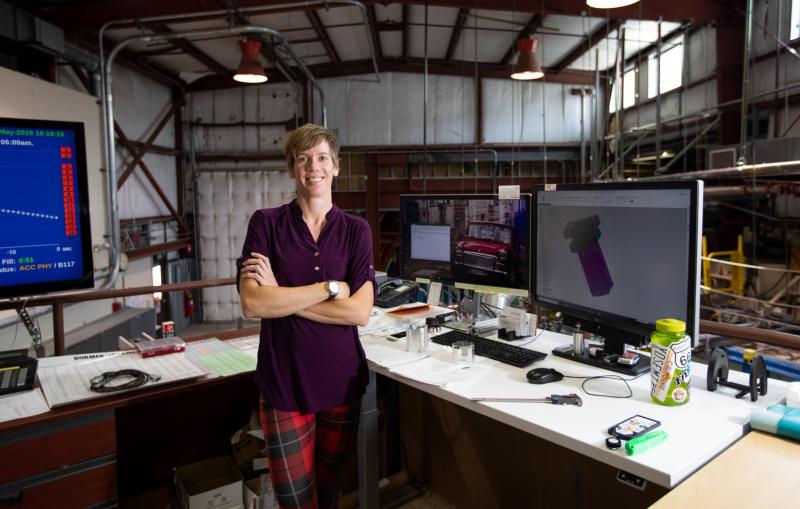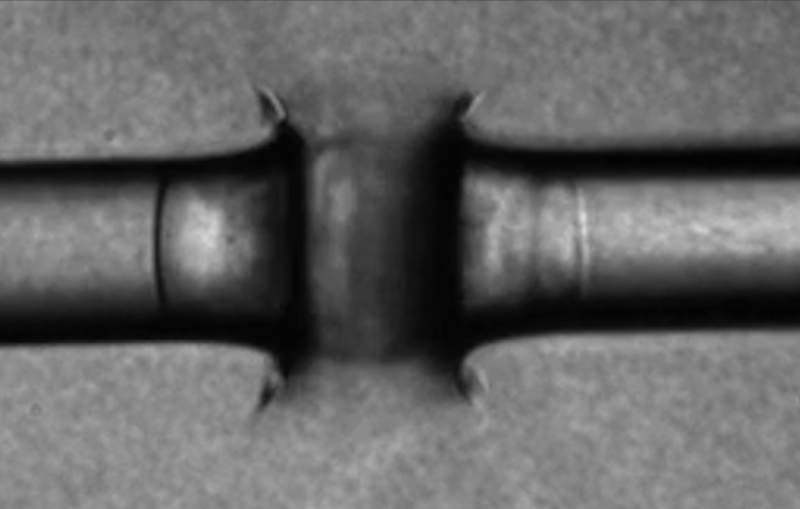

News Feature
VIA Stanford News
Todd Martinez and William Weis elected to National Academy of Sciences

The latest news about SLAC research, science programs, facilities and people.
More on our News Center and Media Resources pages


